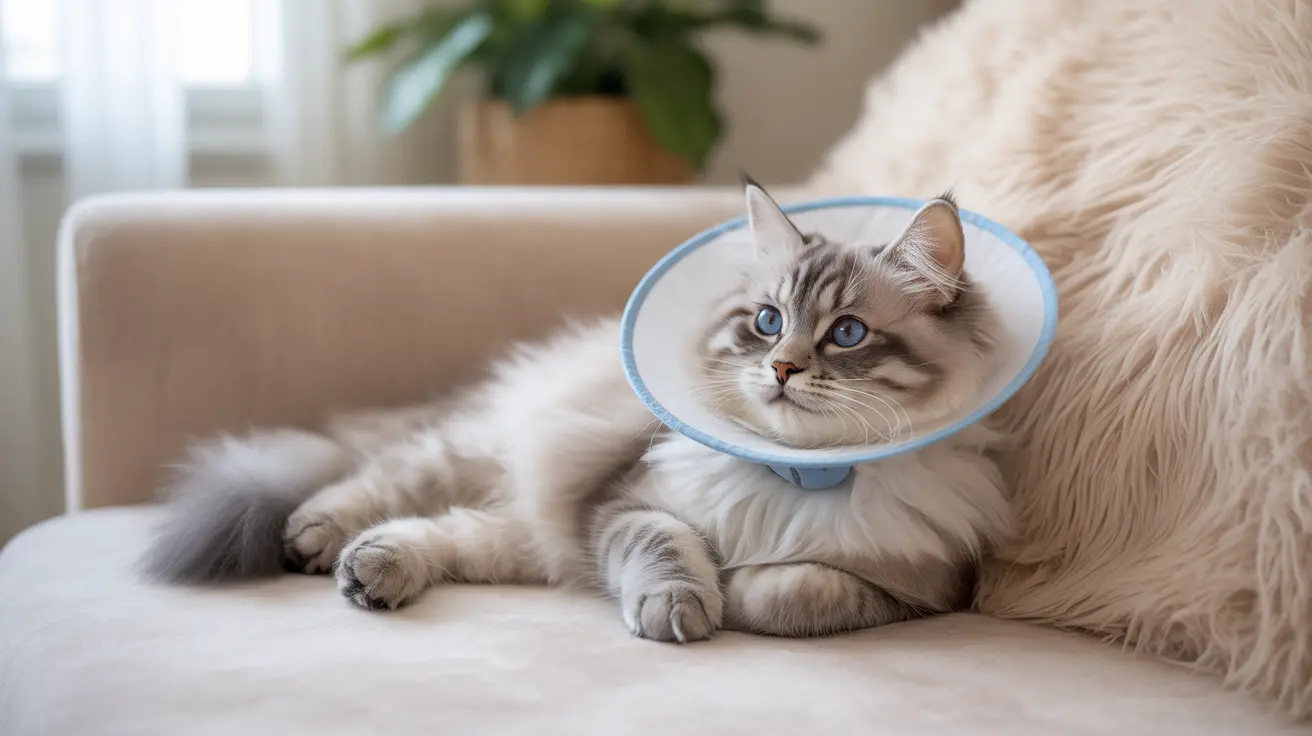If you're planning to have your cat neutered, understanding how long the procedure takes is crucial for both preparation and peace of mind. From the actual surgery duration to total clinic time and recovery period, this comprehensive guide will walk you through every aspect of the cat neutering timeline.
While the entire process requires several hours at the veterinary clinic, the actual surgical procedure is surprisingly quick and routine, with excellent success rates and minimal complications when performed by experienced veterinarians.
Surgery Duration: What to Expect
The actual neutering surgery for male cats is remarkably brief, typically taking just 2-5 minutes when both testicles have properly descended. For female cats (spaying), the procedure is more complex and usually takes 15-25 minutes to complete.
However, the total time at the veterinary clinic will be several hours, accounting for:
- Pre-surgical examination
- Anesthesia administration
- Surgical prep
- The procedure itself
- Post-operative monitoring
- Recovery from anesthesia
Pre-Surgery Process and Requirements
Before the surgery begins, your veterinarian will conduct several important steps:
- Physical examination to ensure your cat is healthy enough for surgery
- Review of medical history
- Fasting confirmation (typically 8-12 hours before surgery)
- Blood work (if recommended, especially for older cats)
- Administration of pre-operative medications
The Surgical Procedure
The neutering process varies depending on your cat's sex:
Male Cats (Castration)
- Small incision in the scrotum
- Removal of both testicles
- Usually requires no stitches
- Takes 2-5 minutes for routine cases
Female Cats (Spaying)
- Larger abdominal incision
- Removal of ovaries and usually the uterus
- Internal and external stitches required
- Takes 15-25 minutes on average
Post-Surgery Recovery Timeline
The recovery process occurs in several stages:
Immediate Post-Op (Same Day)
- Waking from anesthesia (30-60 minutes)
- Monitoring vital signs
- Pain management as needed
- Usually ready for home same day
First 24-48 Hours
- Restricted movement
- Close monitoring at home
- Pain medication if prescribed
- Limited food and water initially
First Two Weeks
- Gradual return to normal activity
- Wound healing
- Suture removal if needed (females)
- Indoor confinement recommended
Frequently Asked Questions
How long does the actual neutering surgery take for a male cat?
The surgical procedure for male cats typically takes 2-5 minutes when both testicles are properly descended. However, the entire process, including anesthesia and preparation, requires several hours at the veterinary clinic.
What is the typical recovery time for a cat after neutering, and when can they return to normal activities?
Most cats recover fully within 10-14 days. While they may seem normal within 24-48 hours, it's important to restrict activity for two weeks to ensure proper healing. Normal activities can usually resume after this period.
What are the signs of complications I should watch for after my cat is neutered?
Monitor for excessive bleeding, swelling, or discharge at the surgical site, lethargy lasting more than 24 hours, loss of appetite, fever, or signs of pain. Contact your veterinarian immediately if you notice any of these symptoms.
How soon after neutering can I bring my cat home from the vet?
Most cats can go home the same day as their surgery, typically 4-6 hours after the procedure, once they're fully awake from anesthesia and showing stable vital signs.
What is the difference in surgery and recovery between neutering a male cat and spaying a female cat?
Female spaying is more invasive, taking 15-25 minutes compared to 2-5 minutes for male neutering. Spaying requires abdominal surgery and stitches, while male neutering usually doesn't need sutures. Recovery time is similar, but females may need more pain management initially.
Understanding the timeline for your cat's neutering procedure helps ensure proper preparation and aftercare. While the surgery itself is quick, following post-operative care instructions carefully will help ensure a smooth recovery and the best possible outcome for your feline friend.






